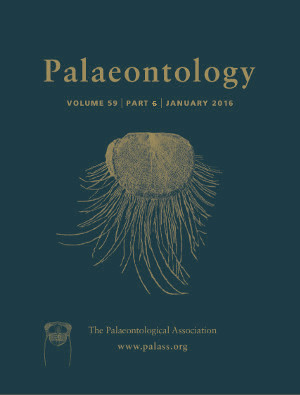Reg. Charity No. 1168330

During the late Palaeozoic ice age (LPIA), ice‐proximal marine regional communities record contrasting responses to climate change compared to ice‐distal communities. However, there is still much to be understood in distal regions in order to fully understand the palaeobiological consequences of the LPIA. Here, were analyse brachiopod and bivalve environmental preferences along the bathymetric gradient during a major glacial event and the subsequent non‐glacial interval in western Argentina. Median environmental breadths did not change with the reassembly of communities during the non‐glacial interval. Moreover, bivalves and brachiopod immigrants show similar environmental breadths although they tend to have immigrated from different palaeogeographical regions. These patterns reinforce the idea that the worldwide marine fauna was probably culled of stenotopic taxa during the LPIA. On the other hand, analysis of the preferred depths of survivors and immigrants sheds light on the substantial modification of the bathymetric diversity gradient. Among different possible explanations, the immigration of taxa with affinities for deep environments is the only one supported. In addition, results underscore the observation that the higher turnover in the offshore environment was probably driven by immigration rather than extinction. Finally, stability in environmental preferences at a regional scale is not mirrored by stability in survivors’ individual preferences, because survivors’ preferred depth is not correlated during the glacial and non‐glacial intervals. Moreover, the amount of change in survivors preferred depth is not related to their environmental breadth, nor to their occupancy. These patterns suggest: (1) instability in realized niches; and (2) individual responses of survivor genera.